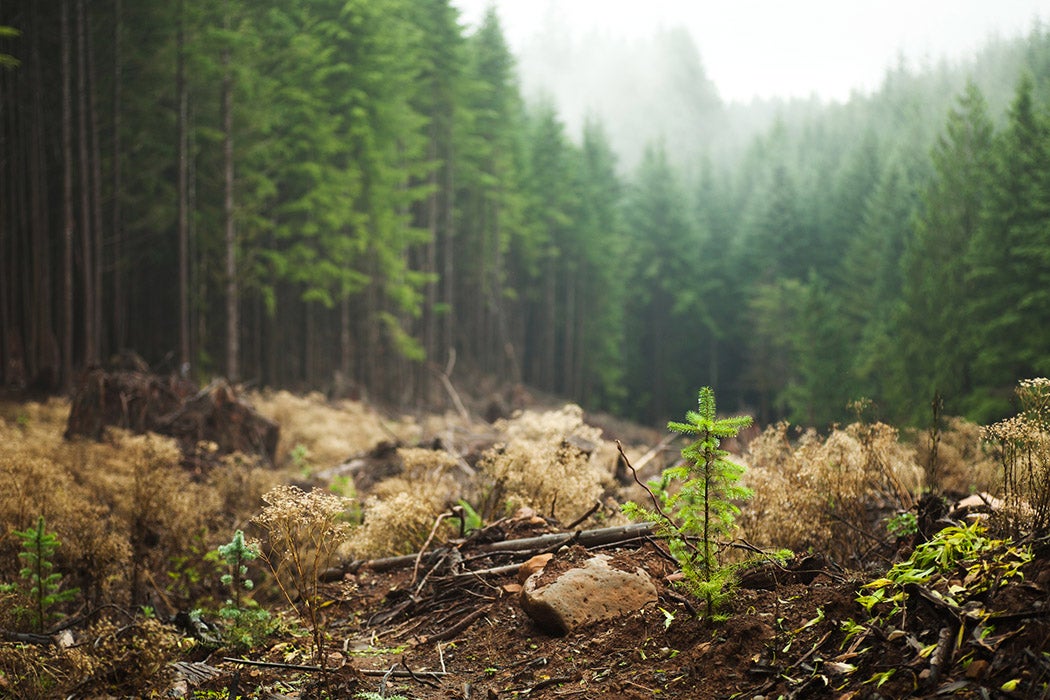To hit carbon sequestration goals, governments and communities are looking to the trees. Trees naturally sequester carbon from the atmosphere during photosynthesis, making forests large carbon sinks. At first glance, reforestation appears to be a sustainable option for improving our global environment, but to be successful, project managers need to account for more than trees.
Elena Lazos-Chavero and her research team assessed the effectiveness of current tropical reforestation initiatives. A multitude of socioeconomic and political factors shape these efforts, leading to complicated trade-offs, especially when local economics are taken into consideration. Who benefits, both locally and globally, from reforestation matters. As Lazos-Chavero and team argue, “The individual social benefits to local people from carbon credits counted toward global environmental goals are not comparable to financial profits of global firms that use those credits to justify lucrative ventures.”
Furthermore, promoting reforestation as a cure-all solution ignores challenges presented by political conflict and ongoing environmental change. Promoting reforestation without considering trade-offs across sectors is short-sighted, and since those trade-offs can shift throughout the course of a project, they need to be reassessed continually.
The involvement of a wide variety of stakeholders from local communities is of the utmost importance. Historically, many large reforestation projects have gone astray thanks to a side-stepping of communities immediately affected by the project. The team notes that it isn’t enough to simply describe the project to locals: a true partnership means “stepping into and understanding a complex and dynamic network of stakeholder relationships that includes, but is not limited to, landholders, entrepreneurs, national and regional government agencies, and organizations from the transnational to the local level.”
It’s important to note that stakeholders’ priorities are not monolithic (attention needs to be paid to diversity of input in terms of gender and ethnicity) and will also likely change over time. For example, one herder may have different goals than a neighboring herder, and those goals may change from year to year—season to season—depending on their markets or drought conditions. Flexibility and relationship-building must be at the foundation of reforestation projects.
A workshop conducted on the Chamela-Cuixmala Biosphere Reserve on the south coast of Jalisco, Mexico, revealed the many issues central to reforestation as well as varied stakeholder interests. A long history of land ownership, shaped by colonization and privatization of once collectively managed lands, continues to evolve in the twenty-first century. Reforestation, argue the authors, includes acknowledging this history alongside considerations of biophysical feasibility.
Weekly Newsletter
The research team held workshops in Chamela-Cuixmala with diverse stakeholders to determine the goals and concerns of the communities most likely to be impacted by reforestation, fostering honest dialogue before starting the project to ensure all voices were heard. Based on their experience, they suggest several paths forward, with collaboration driving every step. Only by starting with honest engagement with a diverse stakeholder groups can reforestation projects succeed. And forest project managers must set goals that address the inherent trade-offs of the project and pledge future flexibility, understanding that reforestation takes time.
Lazos-Chavero’s team concludes, “All reforestation interventions are entangled in social and political structures… The effects of dynamism on trade-offs and synergies for these and various other stakeholders should be considered in planning phases and reevaluated throughout a reforestation effort.”
Support JSTOR Daily! Join our new membership program on Patreon today.







